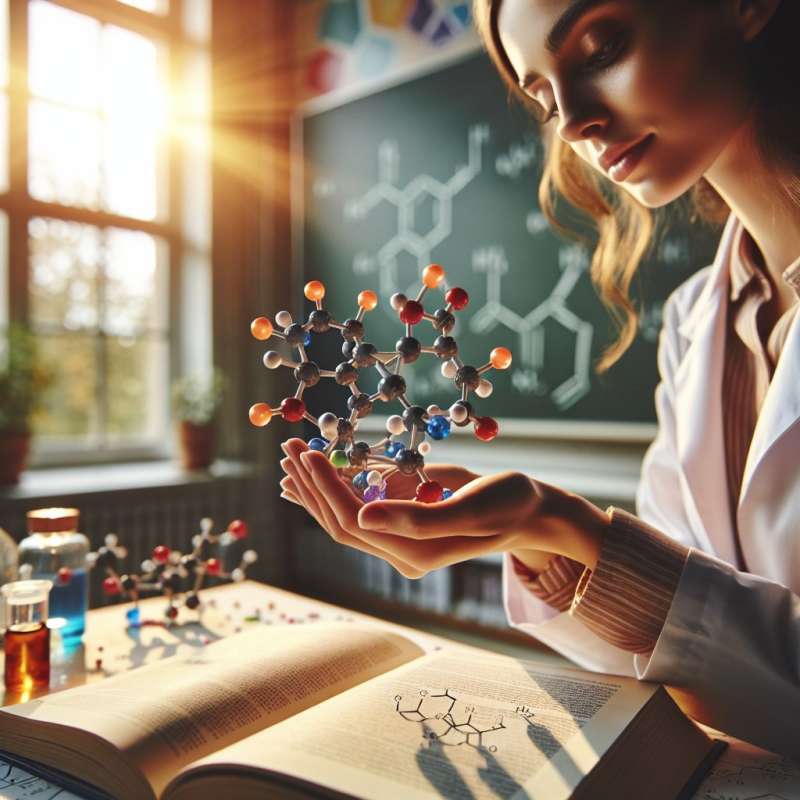
Defining Functional Groups
Functional groups are specific groups of atoms within molecules that are responsible for the characteristic chemical reactions of those molecules. They dictate molecule behavior in chemical processes.
Common Functional Groups
Some common functional groups include hydroxyl (-OH), carboxyl (-COOH), amino (-NH2), and methyl (-CH3). Each has unique properties that influence organic compound reactivity.
Functional Groups' Pivotal Role
The presence of functional groups confers solubility, acidity, basicity, and reactivity patterns in organic compounds, often guiding synthesis in pharmaceutical and polymer chemistry.
Functional Groups in Nature
In nature, functional groups enable the complexity of life. For example, phosphate groups are key to energy transfer in ATP, and aldehyde groups are part of plant metabolism.
Detecting Functional Groups
Spectroscopy, such as IR and NMR, allows chemists to detect functional groups within molecules, revealing structure and aiding in the identification of unknown compounds.Unusual Functional Group Fact
The smell of vanilla comes from vanillin, which has both aldehyde and hydroxyl groups. One molecule can influence both aroma and taste!
What are functional groups responsible for?
Physical properties of elements
Chemical reactions of molecules
Molecular weight determination
Company